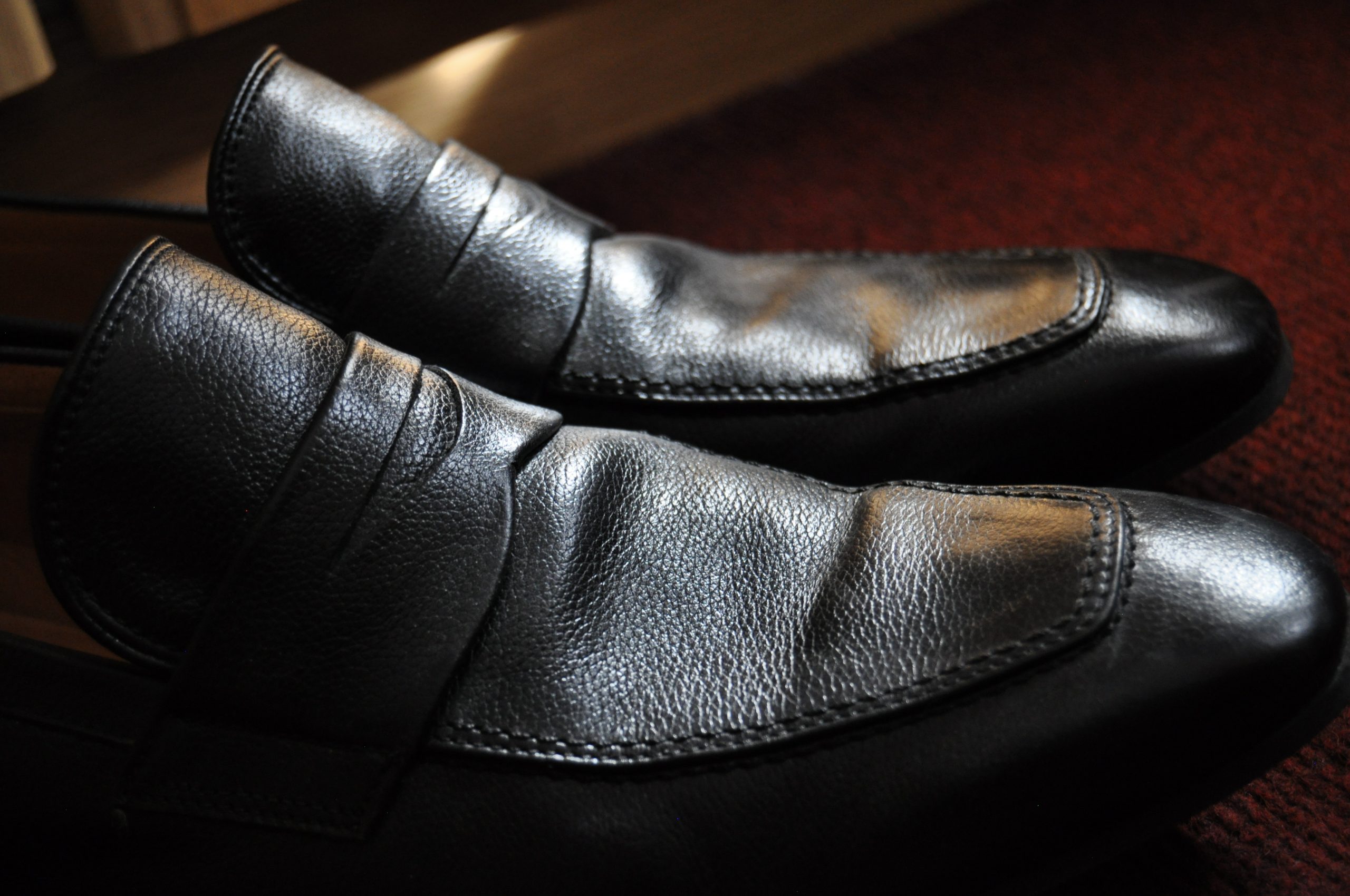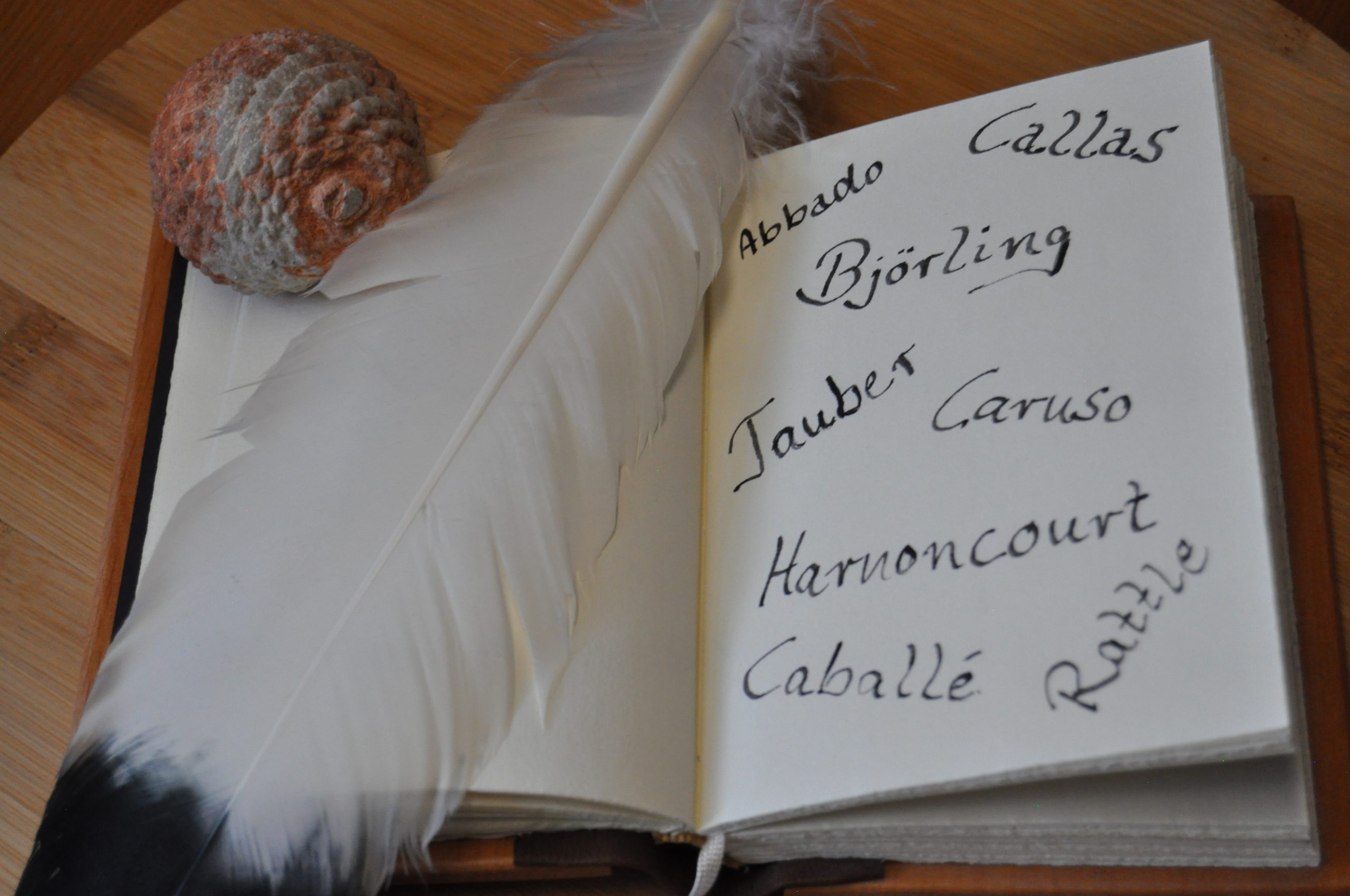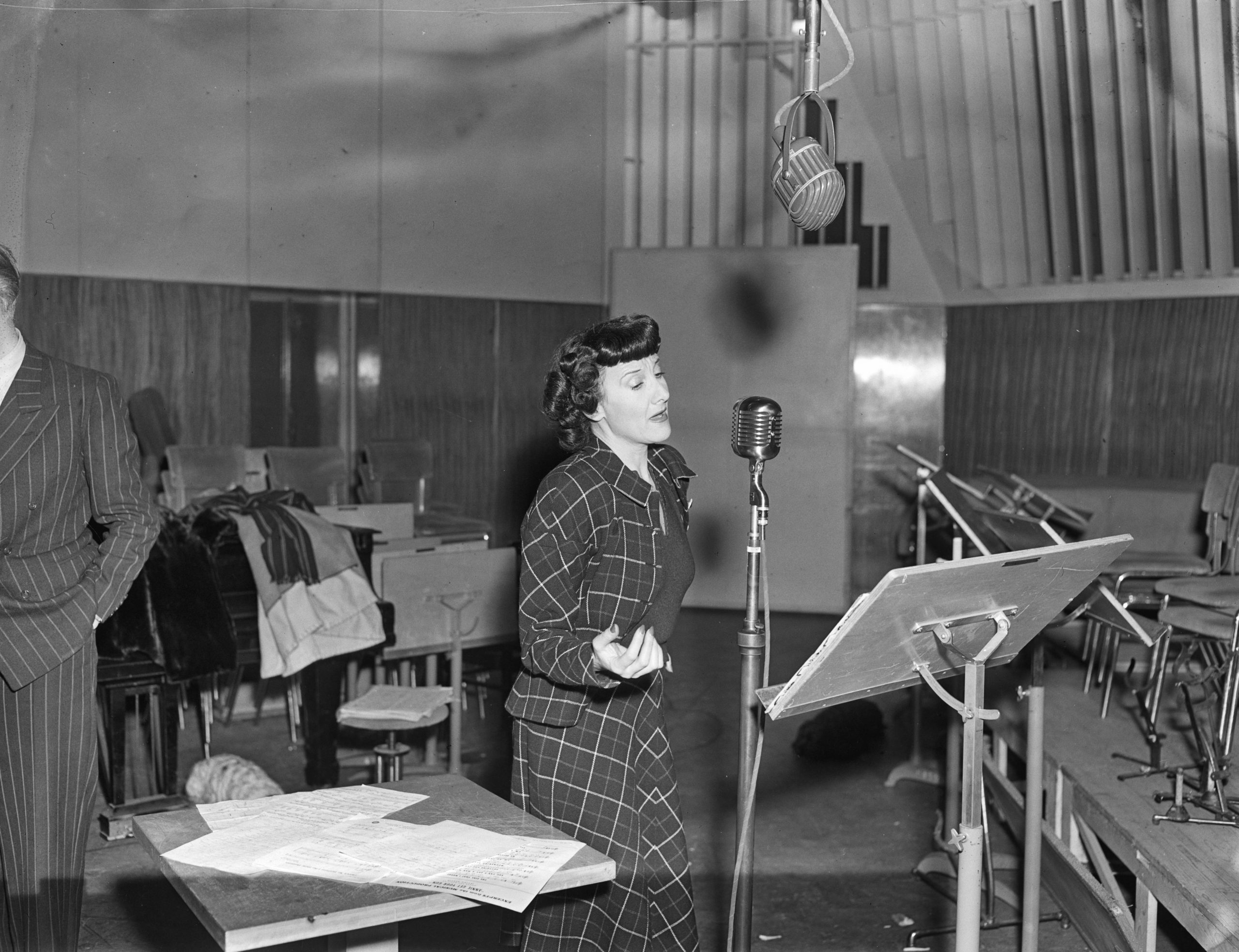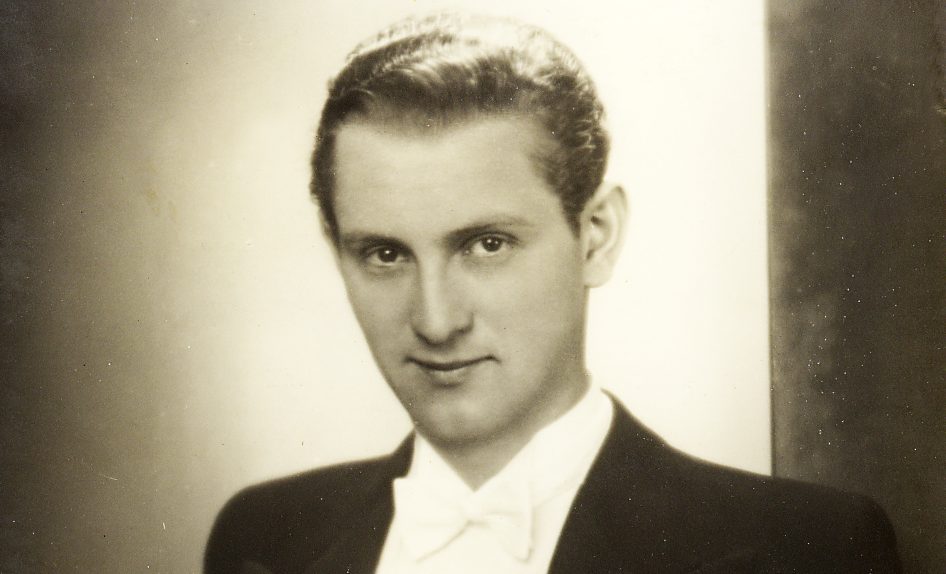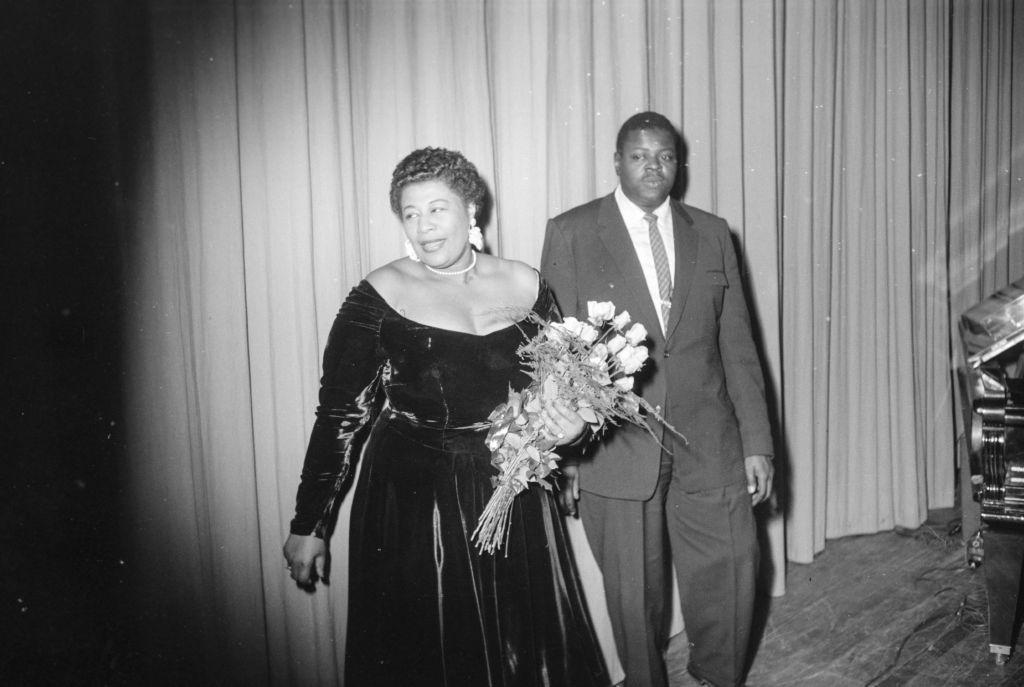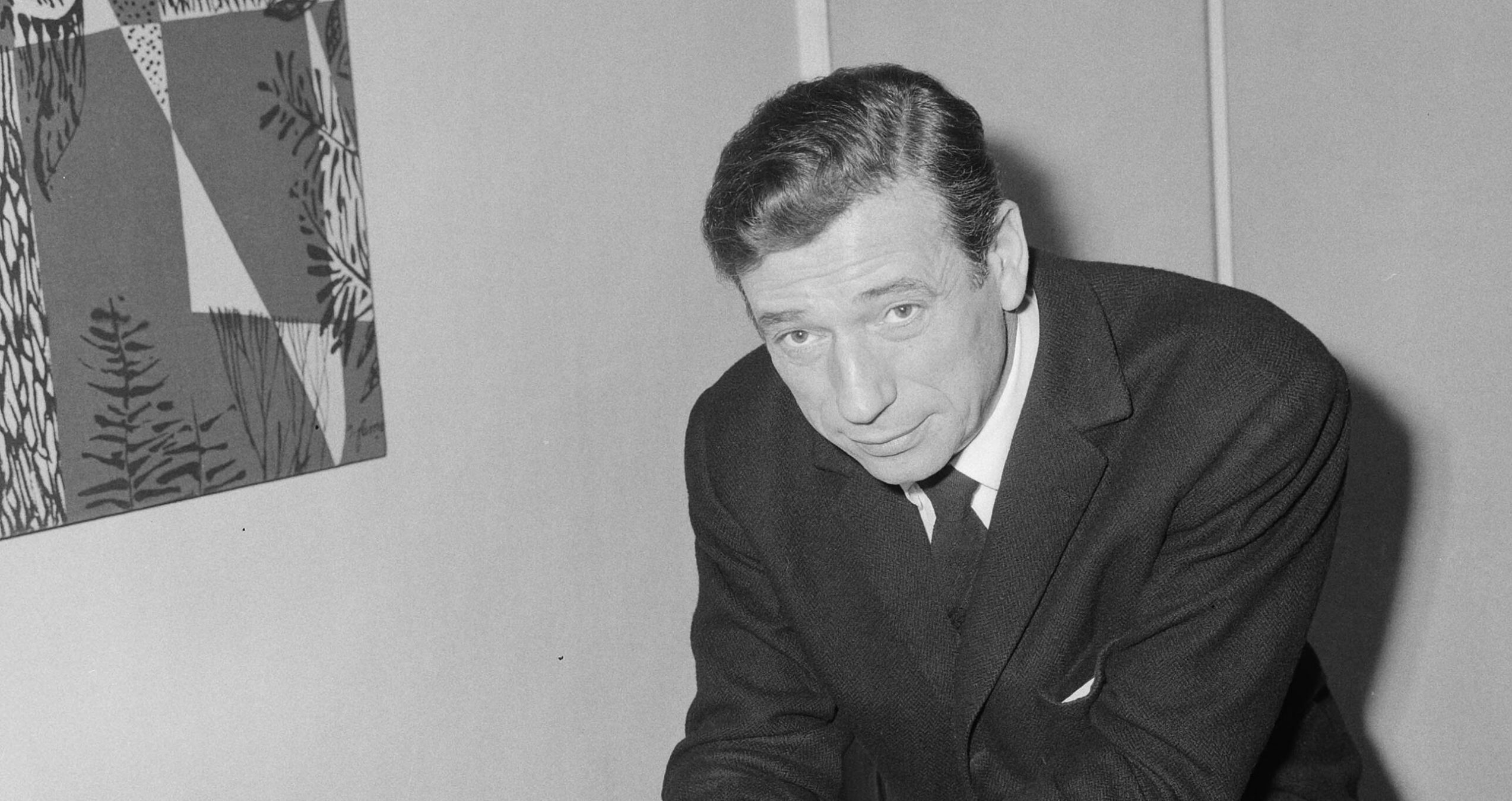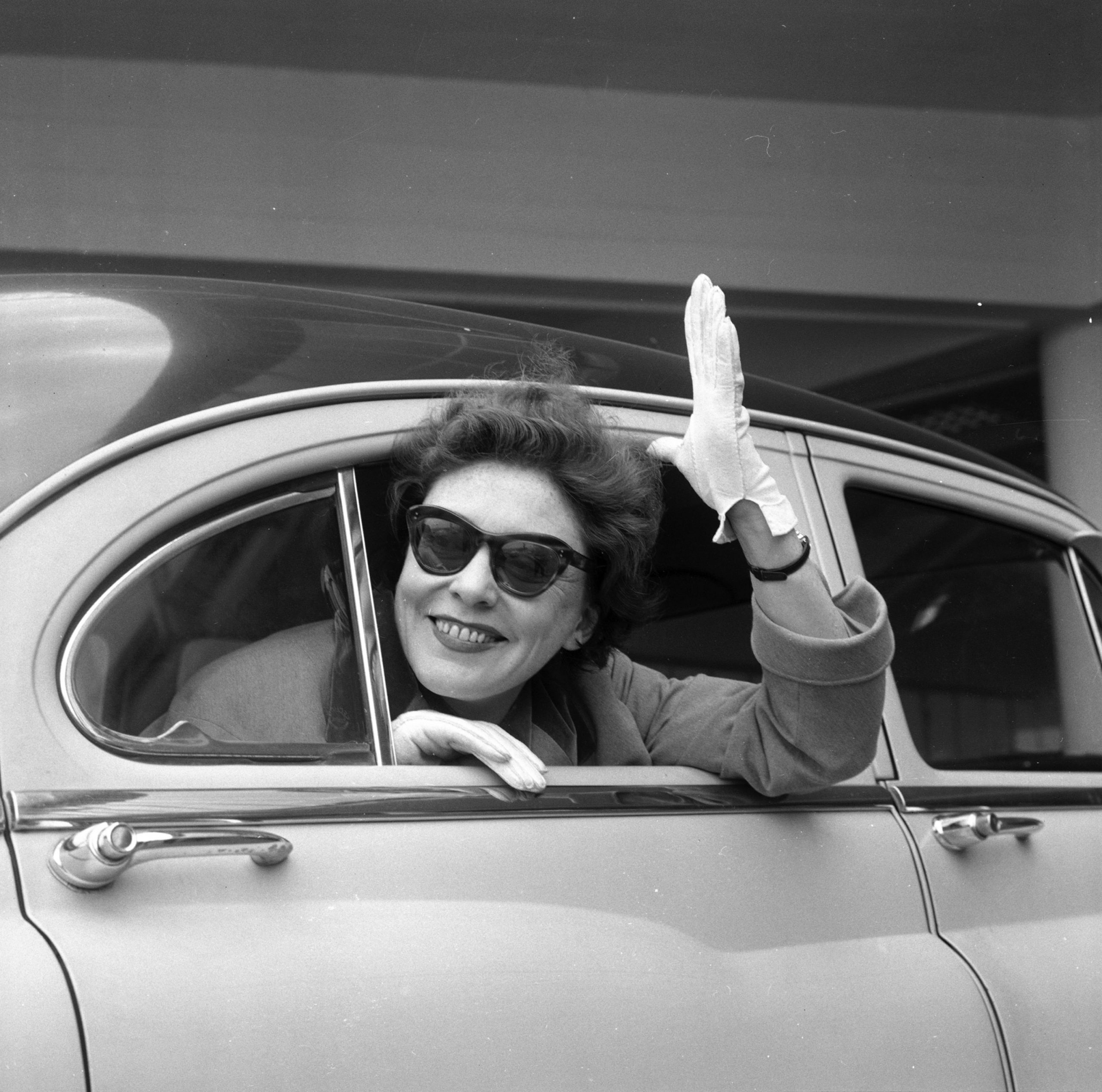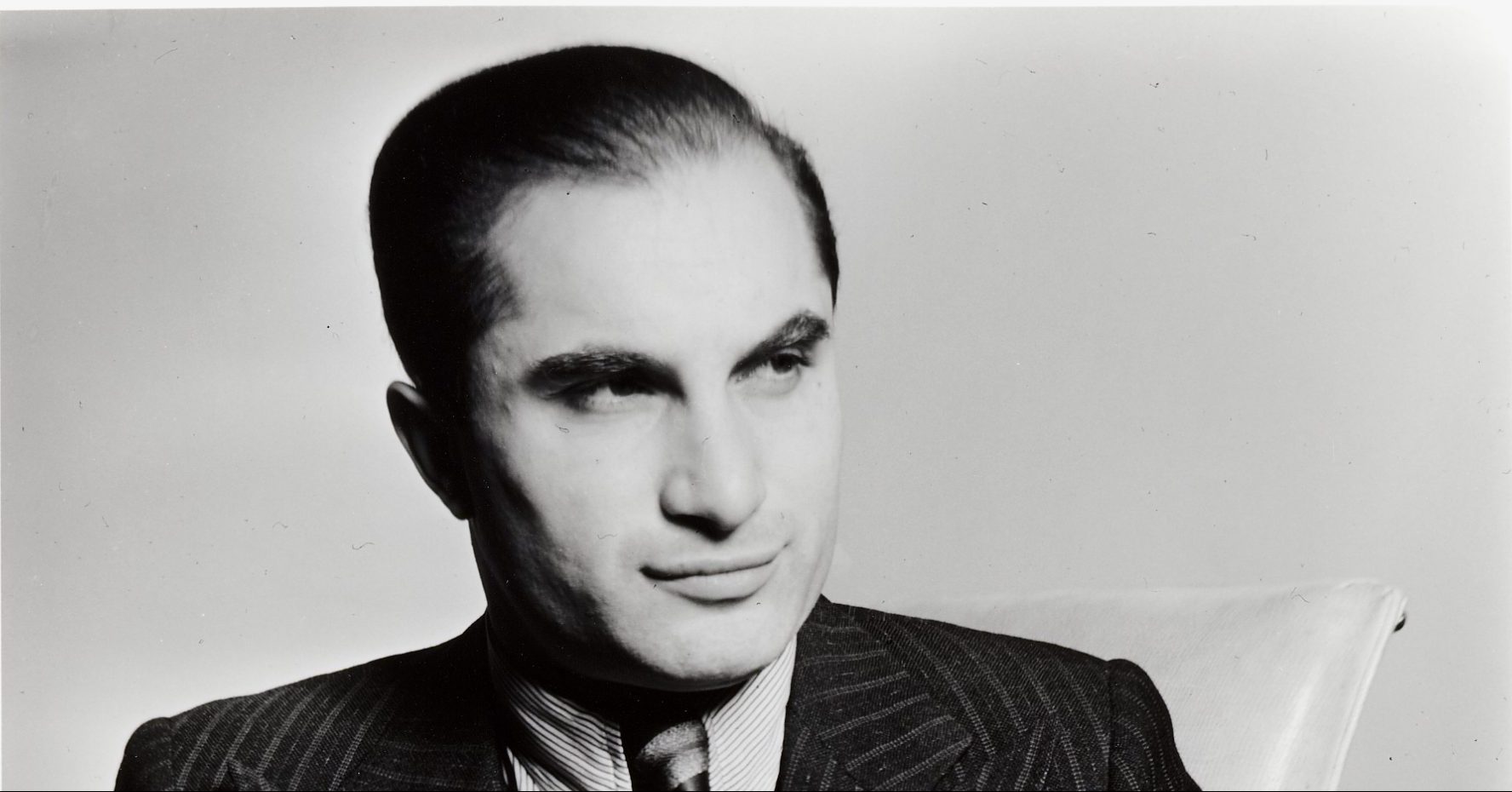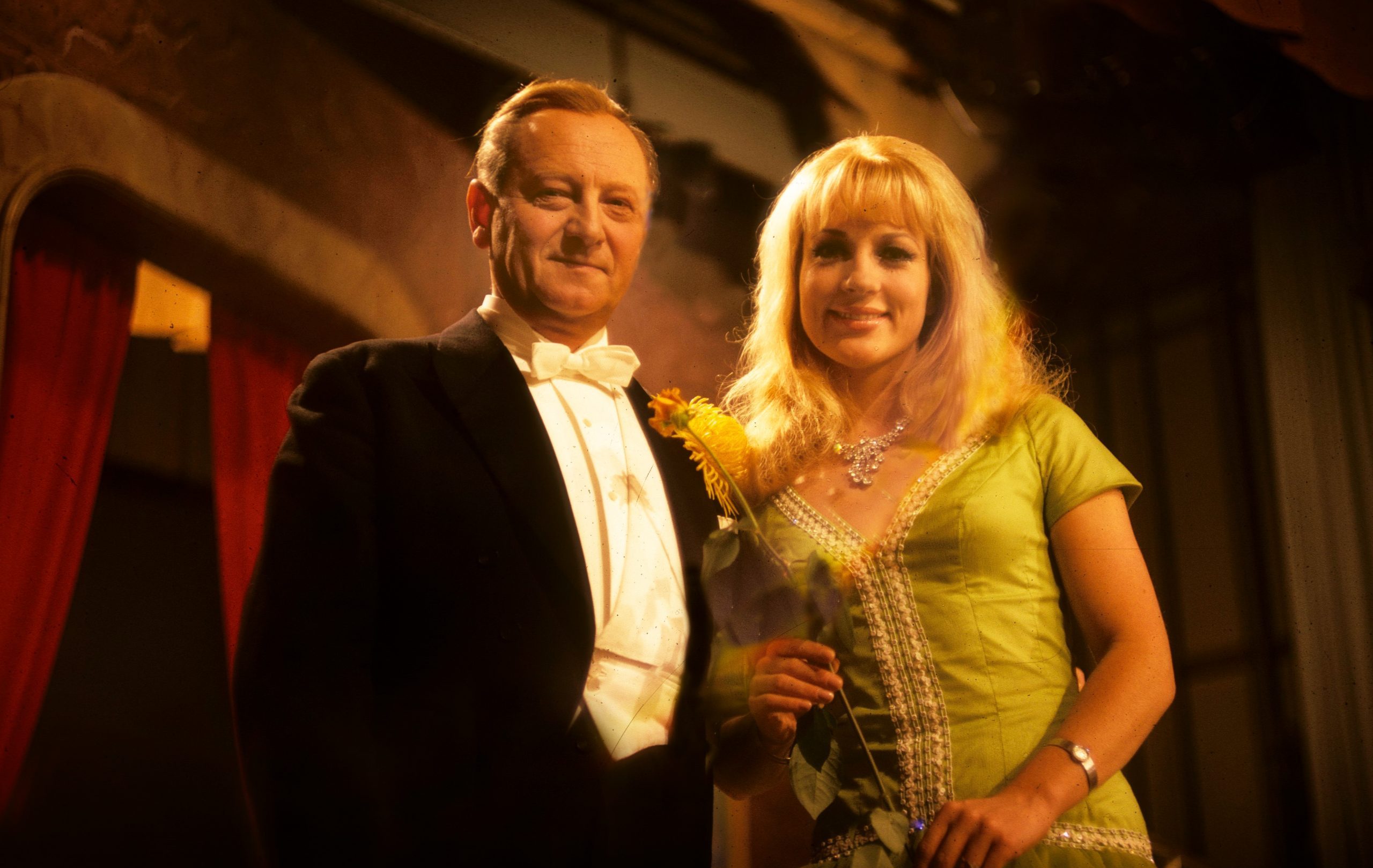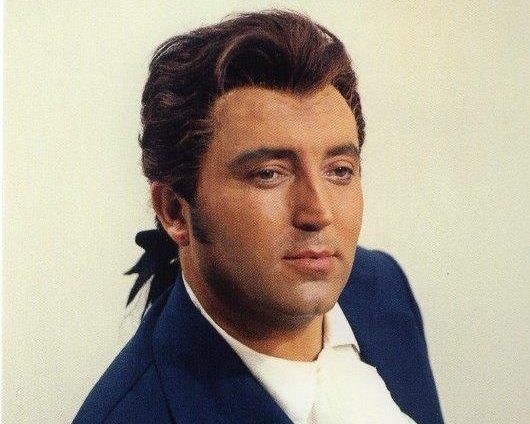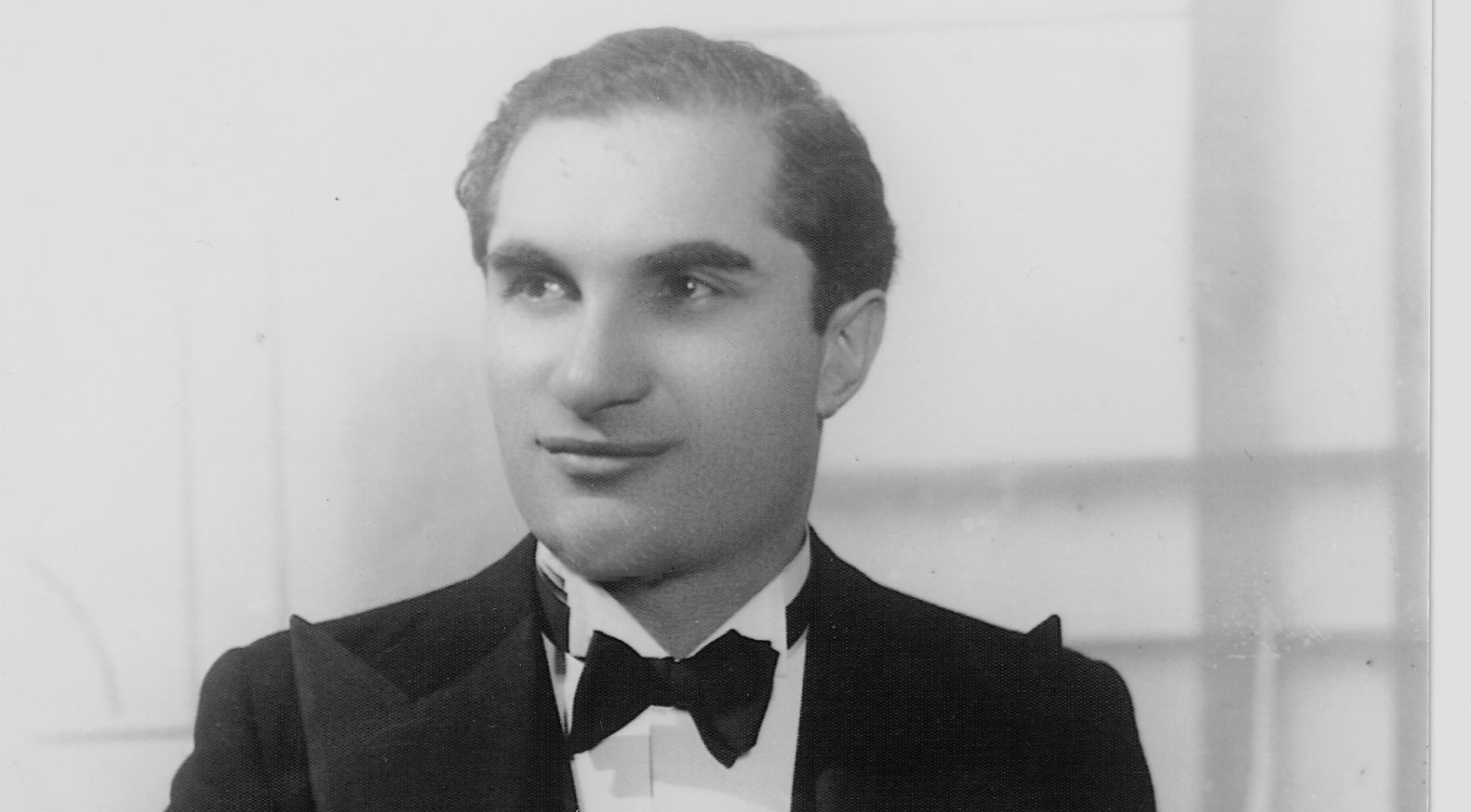She grew up in Austin, the cradle of US folk music: she spent much of her youth in Austin and always wondered how she would get out of that city one day. One should be careful what one wishes for: at some point in the course of Griffith’s career as a singer, the question was no longer whether she would get away from Austin, but whether she would ever find the leisure to spend time in her hometown again.
From a rundown honky-tonk piano to a glamorous Steinway at Carnegie Hall, Nanci Griffith has seen just about everything in the course of her singing career. Whether she ended up being accompanied by a run-down honky-tonk piano or a Steinway made no difference: the focus was on Nanci Griffith’s voice with her guitar.
Actually she wanted to become a songwriter
No matter where in the world she performed her songs, it was often the experiences of her childhood and youth that she drew on in her song lyrics. When Griffith performed one of her songs, she often shone with intimacy and offered insights into her soul: Griffith spent most of her career not in the recording studio but on tour.
Griffith once said that there was so very little that she liked about travelling all the time – except for the two and a half hours she spent on stage. Those two and a half hours were reason enough for Nanci Griffith to tour almost non-stop anyway: A live performance is different from a recording.
Griffith’s original plan was to become a songwriter for others: She didn’t realise at first that one day she would sing her own songs. But what she was always good at was playing the guitar: Her relationship with music began when she was given a guitar as a gift at the age of nine. When Griffith was young, there was a Saturday morning programme on US television that gave viewers guitar lessons: This is where Griffith learned to play the guitar. In the course of her career, Griffith then developed her own guitar style, which became characteristic of her stage shows.
Nanci Griffith’s career began in a place where it was about drinking, not her music.
Engagement at a beer joint
During her time at the University of Texas, Nanci Griffith played in a beer joint from nine in the evening until two in the morning. For five years, Griffith sang among the densest clouds of cigarette smoke and was permanently surrounded by drunks. Although the audience certainly did not appreciate her creativity at that time, she still performed only her own songs and decided against singing only covers of well-known folk songs.
Nanci Griffith’s career began in a place where it was about drinking, not her music.
But one thing Griffith learned during her time in the disreputable beer bar was that no matter what was going on in the audience, she could capture their attention.
When Griffith performed at the Kerrville Folk Festival in Texas, the artist scene in Texas began to gradually take notice of the young Nanci Griffith: At first, Griffith is said not to have considered music her primary profession. According to some sources, she first worked as a teacher. After winning the New Folk Prize at the Kerrville Folk Festival in 1977, however, the situation changed: from then on, Griffith decided to pursue a career as a musician.
There’s a Light Beyond These Woods
In 1978, a year later after her success at the Kerrville Folk Festival, her debut album There’s a Light Beyond These Woods was released: the album was released by the independent label B.F. Deal, which was promoting a number of local Austin artists at the time. It would be a full decade before Griffith was able to attach herself to a major record label.
Already for the album There’s a Light Beyond These Woods, Griffith wrote most of the songs herself – something she kept up throughout her career. The title of the album describes Griffith’s mood at the time: she knew there was more of the world to see than just Austin. She wanted to step out of the world she had grown up in and travel around the globe with her art.
But Griffith always knew: the lights in New York were brighter than the lights in Austin, but in New York she would never have become the artist she became.
Folk music and country music
On her first studio albums, which were released by independent record labels, Nanci Griffith devoted herself entirely to folk music. From the mid-eighties onwards, Nanci Griffith specialised in a sub-genre of folk music, country music. This specialisation had the great advantage that major record labels were more likely to sign a country musician than a folk musician. While country music is an offshoot of folk music, the two genres differ in origin and sound. Country music frequently borrows elements from current pop music to appeal to the widest possible audience.
The title of her fifth studio album, Lone Star State of Mind, alludes to Griffith’s home state of Texas: Texas is nicknamed the Lone Star State because of the single star in its flag. That was not the only characteristic of that album: it was the first album Griffith recorded under contract to the major record label MCA.
Griffith never forgot where she came from.
The album Lone Star State of Mind contains, among other things, Griffith’s cover version of From a Distance, which became one of Griffith’s best-known songs.
With MCA Records, Nanci Griffith’s albums became worldwide successes in country music: MCA had the influence to make listeners who otherwise did not listen to country music listen to Nanci Griffith. But Griffith never forgot where she came from: While she was happy to be recognised by the music industry (she won two Grammy Awards, among others), she always advised young artists not to make music just to be a star one day: She focused on her roots, which were folk music and specifically the musical style of folk musicians like Woody Guthrie (1912 – 1967).
There were never any large-scale promotional campaigns for Nanci Griffith’s albums: she was always on tour to promote her latest music.
The artist, the guitar and the stage
Nanci Griffith could not really be categorised in terms of her fame: On the one hand, she was not a niche artist, but on the other hand, she was not a superstar musician either – she never wanted to be.
As far as her musical style is concerned, it is also difficult to assign Griffith to one direction: Of the twelve studio albums she has released, no two are alike. Each album takes a different musical direction and picks up on different musical styles.
The fact that Griffith worked with Peter Buck, founding member of the band R.E.M., and the producer Glyn Johns, who was instrumental in the development of the Beat bands The Rolling Stones and The Who, among others, made her music accessible to a larger mass: although they always wanted to emphasise the acoustic character of Griffith’s music, they also incorporated elements from contemporary pop music from time to time.
Nanci Griffith’s long-time sound engineer Jim Mooney mastered the balance between acoustic music and electronic elements.
This is exactly what defines Nanci Griffith’s music to this day: The music represents a balance between the roots of US folk music and elements of modern pop music.
But in the end, the original components of folk music remain, which Nanci Griffith never forgot: the artist, the guitar and the stage. No more and no less.
Cover picture: © Simon von Ludwig
One of the sources was an article from the May/June 1995 issue in Acoustic Guitar.

 Deutsch
Deutsch

